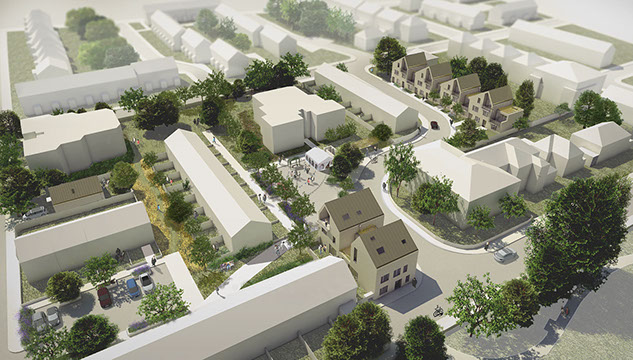
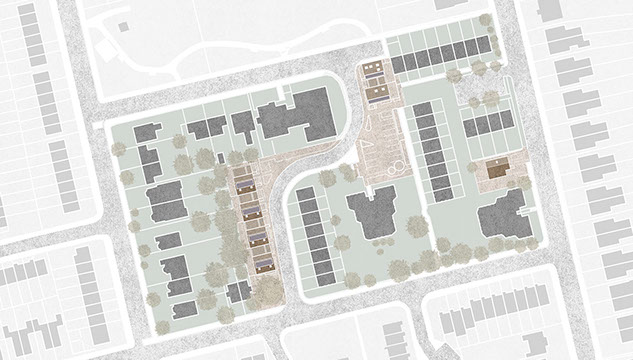
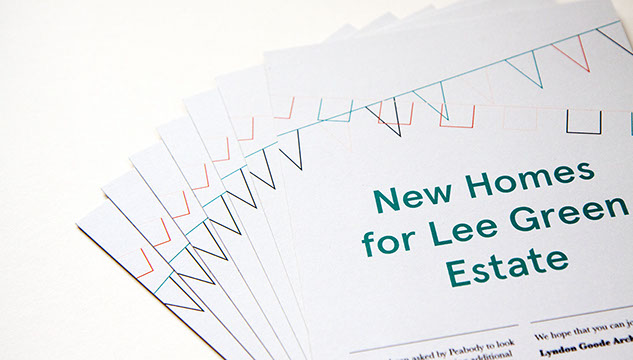
Estate masterplan showing the three sites, proposed landscaping and access improvements.
The three infill sites were in constrained locations, amongst mature planting.
Lyndon Goode Architects developed and led a community engagement programme that Peabody described as “exemplary”.
1 / 3
<
>
Housing
Lee Green Estate
Lee Green Estate
London SE12
Foreword
Featuring extensive engagement with the local community, the quality of this infill development for Peabody was recognised with a shortlisting in the 2017 Planning Awards.
Lee Green Estate has a unique history: it was built in the 1960s by the Crown Estate to house retired civil servants who worked at Millbank. The residents, many of whom have lived there for decades, are proud of their estate, which features low density housing and lots of mature landscaping.
This regeneration project, which obtained planning consent at the end of 2016, will see the creation of 17 high quality affordable homes and landscaping spread across two principal infill sites, occupied by derelict garages.
Lyndon Goode Architects put enormous effort into understanding the development’s context and needs of users, and produced an exemplary Design and Access Statement. The resulting buildings reflect the character of Lee Green, providing high-quality homes of which residents can be proud, while preserving the green and open feel of the estate.
Community engagement
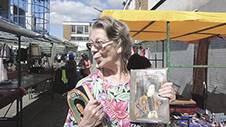
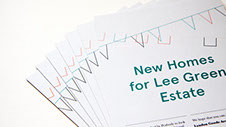
Extract from the Community Engagement Plan, informing local residents of the process and timescale leading up to the Planning submission.
The project team, including client Peabody, was keen to ensure that the physical characteristics of the scheme were informed by rigorous and meaningful consultation and community involvement.
This process was managed through a Community Engagement Plan, developed by Lyndon Goode Architects. The plan included a proposed timeline of engagement activity and a detailed description of the aims, methods and desired outcomes of the community involvement. This document, which also included some initial research on the local area’s community and history, was issued to attendees and guided the various workshops and consultation events.
We were able to demonstrate to the community that their concerns had been taken into account, resulting in a successful Planning application with minimal objections.
Innovation in design and delivery
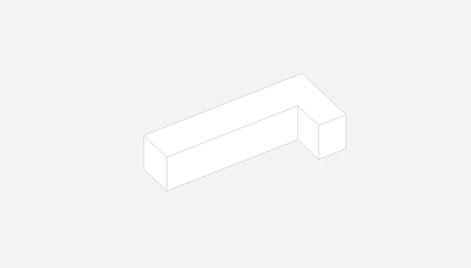
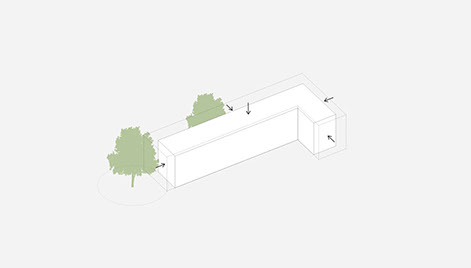
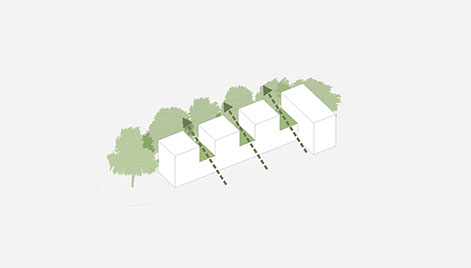

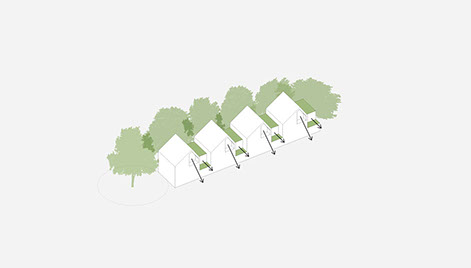
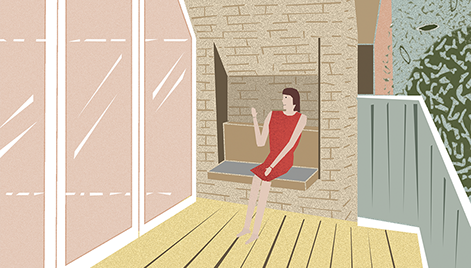
Maximum massing on site footprint, with maximum number of units
Massing reduced, to take into account surrounding buildings.
Further reduction to form terraces and views through to the trees.
Pitched roofscape, responding to form of adjacent buildings.
Terraces positioned to prevent overlooking, and 'dog leg' removed.
The design includes ‘outdoor rooms’, with integrated joinery and storage.
<
>
The proposed development consists of 'two principal sites on the existing estate. The proposed western development – constrained by the estate’s western boundary, neighbouring properties and a mature tree – is articulated to reduce the buildings to more appropriately scaled urban forms. Overlooking is minimised through use of high-level windows and rooflight glazing.
The buildings are designed to blend with their surroundings on the estate. Materials will improve in appearance as they age, with elements such as cills to windows and copings carefully considered to avoid staining or corrosion. All three new buildings feature contemporary elevations using traditional materials. Deep loggia balconies – for use as outdoor sitting rooms – help to reduce the scale of the façade and add visual interest with ever-changing shadow patterns. An ordered yet varyied façade composition is expressed through the repeated rhythm door and window openings, the latter with slim aluminium frames that permit as much daylight as possible into the dwellings.
Landscape design

Working collaboratively with the landscape team, we designed planting that complements the existing landscaping, creating an even better place for people to live. We aimed to:
- Maintain and strengthen key routes
- Maximise street tree planting throughout site
- Improve communal spaces and provide meeting places
- Improve the appearance of bin and cycle stores
- Provide flush access from carparks to building entrances
- Design planting that provides seasonal variation and delight
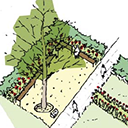
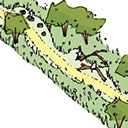
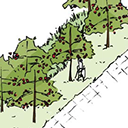
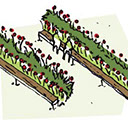
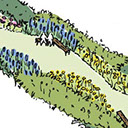
Memorial Garden
Low key play opportunities
Shaded walk
Raised bed planters
Sensory garden
Related
SUBSCRIBE
Click below to subscribe to our newsletter or to manage your preferences
Subscribe to our newsletter
© 2020 Lyndon Goode Architects Ltd







